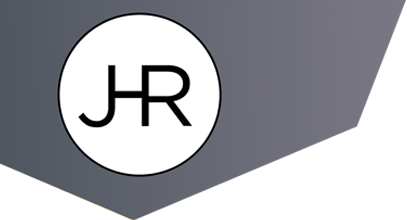The start of 2019 means that a treasure trove of famous and historical works is now part of the public domain, which is something that has not occurred in forty years. Here’s why works created in 1923 no longer have copyright protection, and what that means for the public or those who wish to use part or all of these works in their own creative endeavors.
Congress Saves Mickey Mouse—and Pushes Copyright Protection Back to 95 Years
In 1976, major copyright legislation was taken up by Congress, which extended copyright protection on works created between 1923 and 1977 for an additional 25 years. However, in 1998 as the law was nearing its expiration date, Mickey Mouse himself was close losing his copyright. Because Mickey’s first appearance was in the 1928 movie, Steamboat Willie, Disney lobbied Congress to pass a law that further extended the protections so that they could keep Mickey’s copyright in place. Congress obliged and passed new legislation that pushed back copyright protection for 95 years on works created between 1923 and 1977, meaning that the first batch of works would become available to the public in 2019.
Well 2019 is officially here, and every book, film, song, and any other creative work that was published in 1923 is now part of the public domain and free for use by anyone, without fear of infringing on the creator’s copyright.
Some of the most famous works that are entering the public domain include:
- The Ten Commandments by Cecil B. DeMille
- A variety of silent Charlie Chaplin films, including The Pilgrim
- Felix the Cat cartoon
- The Ego and the Id by Sigmund Freud
- Bambi (the book) by Felix Salten, illustrated by Barbara Cooney
- Two Agatha Christie greats: The Murder of Roger Ackroyd and The Murder on the Link
- Henri Matisse’s original work: Odalisque with Raised Arms
Perhaps most interestingly, now that these works are a part of the public domain, anyone is free to use some or even ALL of the original content to create new works and in turn apply for copyright protection on all of the modern elements that uniquely belong to the creator.
Disney has historically used this model, as many of their movies inject a new spin and character plots into well-known fables and fairytales that are part of the public domain. It could be an interesting time that allows artists and content creators to use their access to these works to develop new takes on old and famous classics.
Next year will bring more releases to the public domain, and we’re also looking ahead to 2024 when Mickey Mouse himself finally loses his copyright and becomes free for use. Keep an eye on our blog as we observe in real time the impact that such a large release of public works will have this year and beyond.
DISCLAIMER: The information contained in this article is for informational purposes only and is not legal advice or a substitute for obtaining legal advice from an attorney.




